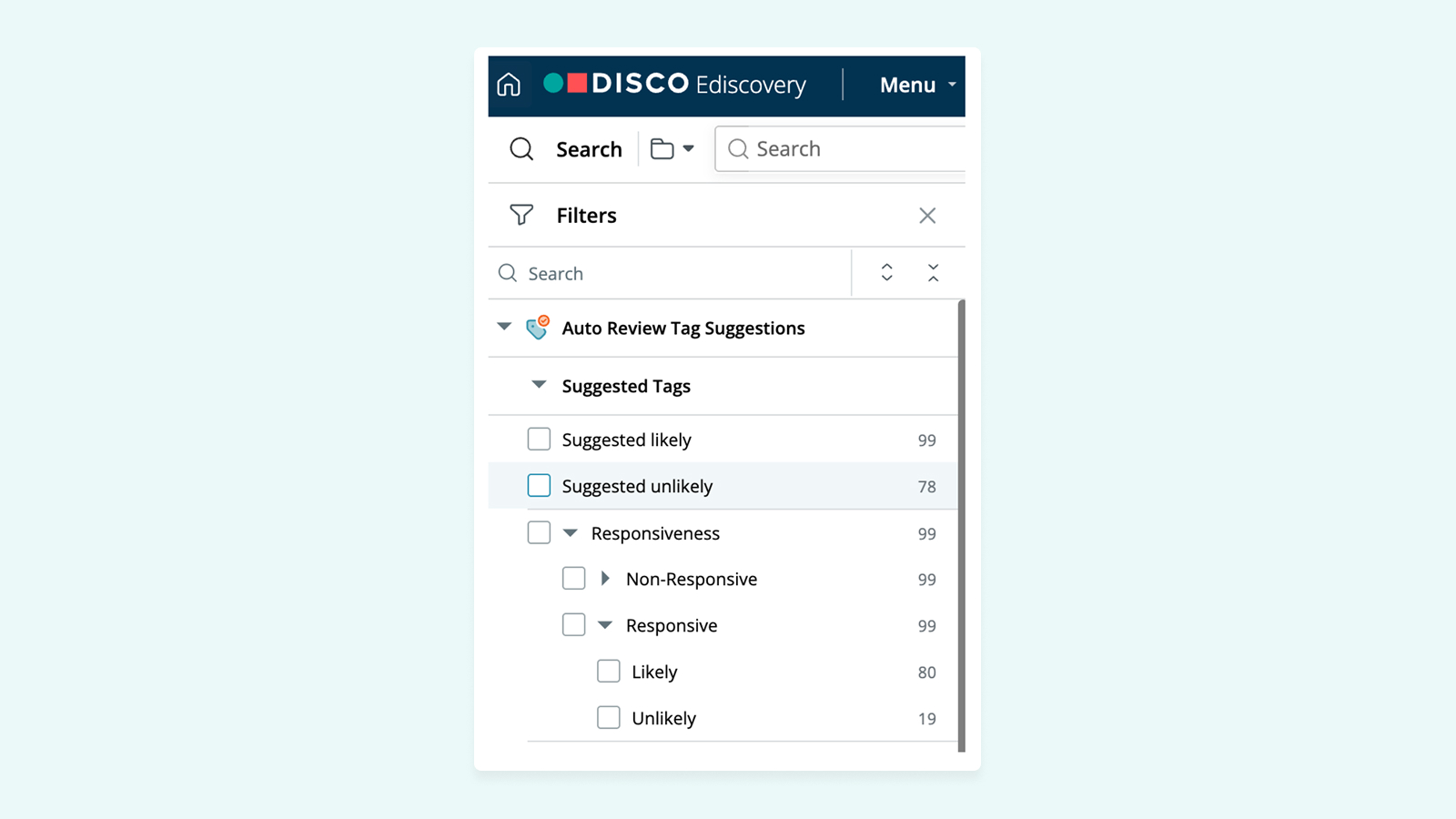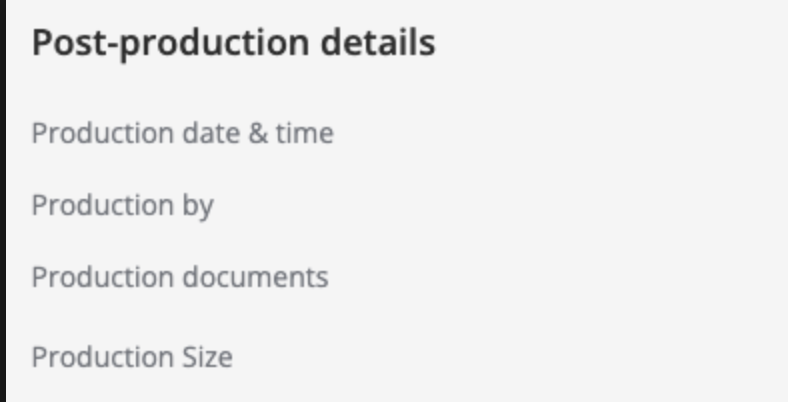⚡️ 1-Minute DISCO Download
If you’ve ever reviewed depositions and then tried to make use of the best testimony therein, then you know what logistical nightmare awaits. From Ctrl-F searching to locate keywords in the transcripts, to deciding with your team which excerpts to use in a motion (maybe attempting to check the transcript against how it appears in the corresponding video), to then somehow preparing and formatting that testimony in time for trial, it’s a feat of wizardry all its own – never mind building a winning legal argument using that evidence.
In an effort to more deeply understand this reality, we asked 200 people from a variety of roles on litigation teams across different types of organizations how they manage deposition review today – and they consistently recounted this tale of repetitive tasks and lost work. You can peruse their stories in the infographic and catch a few of the highlights below.
From solo practices to Am Law firms, case teams everywhere reported being up transcript creek without a Post-It, with many pointing to the same challenges as severely impacting the efficiency of their case development work.
Lack of technological support
Despite rapidly accelerating adoption of cloud-based technologies in other areas of legal practice, few case teams we spoke with reported using any tools in particular to support their deposition review process, let alone tools purpose-built for the job. As one attorney put it, “It’s like trying to build a skyscraper with a bunch of rocks.”

Underutilized video evidence
When it came to deposition video, most case teams we spoke with expressed that they’d ideally order and make strategic use of it for most or all depositions. One litigator emphasized, “We don’t get to stand up there in a suit anymore and just talk and expect the jury to listen. We have to show them evidence with video.”

However, due to prohibitive expense and again, a lack of purpose-built tooling to support its review, using video to build a case from the beginning is rarely possible – which often deters teams from ordering it at all.

Lost work product
For many teams, the inability to collaboratively create, manage, reference, and use work product throughout a case presents several risks to efficient and effective deposition review. Attorneys and paralegals alike described trying to manage work product from multiple colleagues and across multiple depositions over the life of a case as “a pain in the butt” at best – and “impossible” at worst.

A brighter future for deposition review
Fortunately, the news wasn’t all bad. Looking ahead to how deposition review could evolve within their practice, one attorney declared, “I love the future,” echoing many case teams’ anticipation of greater technological support in areas such as search, collaborative annotation, and automating formatting tasks, that per another litigator, “free us up to do more brain-intensive things.”

While our findings hardly paint a pretty picture of the state of deposition review today, more and more case teams are expressing a desire to invest in a solution that addresses these challenges and choosing to give innovative tools a try.
Do you have a case with depositions right now? Are you and your team ready to try something better? Learn more about DISCO Case Builder and get set up with a demo today.
Download this infographic







%20(1).jpeg)








.png)